Feed
This section covers a wide range of information about feed management on dairy farms, including seasonal management, production systems, supplements, crops and pasture types.
Total results 62
Total results 62
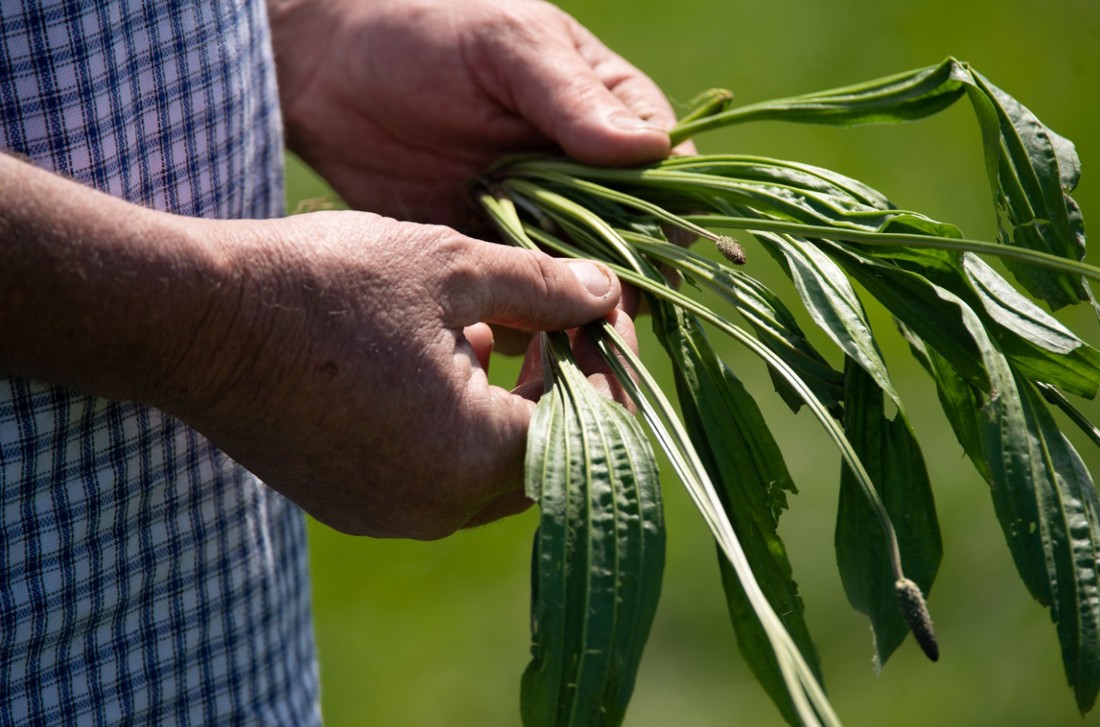
The Plantain Evaluation System reviews how effective different plantain cultivars are at reducing nitrate leaching. This system helps you and regulators trust the performance of those cultivars deemed "effective" at this task.
2 min read

The Plantain Evaluation System reviews how effective different plantain cultivars are at reducing nitrate leaching. This system helps you and regulators trust the performance of those cultivars deemed "effective" at this task.
2 min read
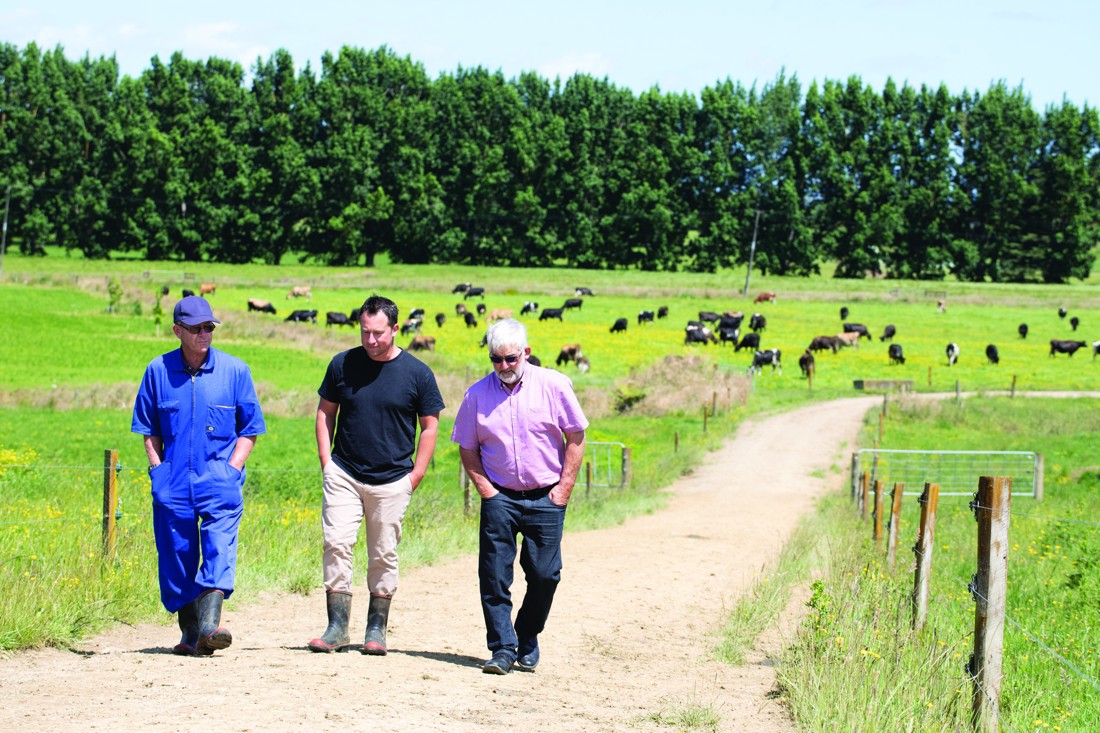
Summer dairy farming involves efficiently using spring pasture before summer heat and dryness diminish its quality. You should formulate a summer management plan early to ensure profitable production.
8 min read

Summer dairy farming involves efficiently using spring pasture before summer heat and dryness diminish its quality. You should formulate a summer management plan early to ensure profitable production.
8 min read
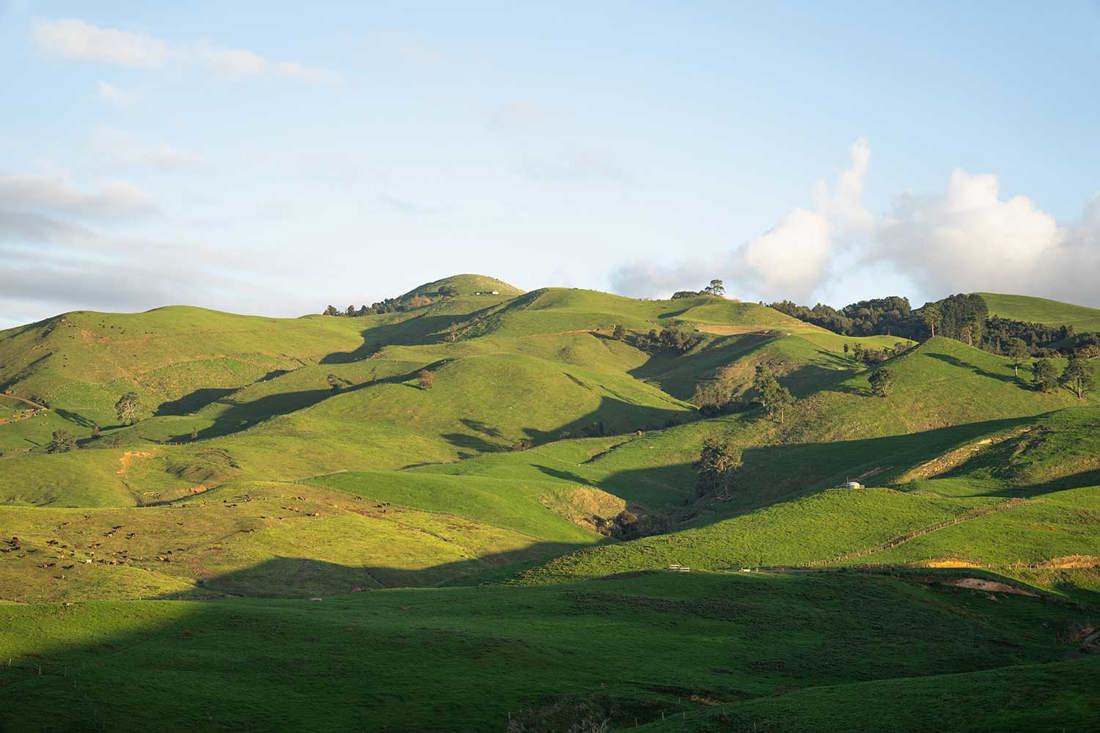
Successful summer dairy farming demands regular monitoring. This page recommends farm walks, managing grazing residuals, monitoring body condition scores, staying informed on industry information, and future planning.
9 min read

Successful summer dairy farming demands regular monitoring. This page recommends farm walks, managing grazing residuals, monitoring body condition scores, staying informed on industry information, and future planning.
9 min read
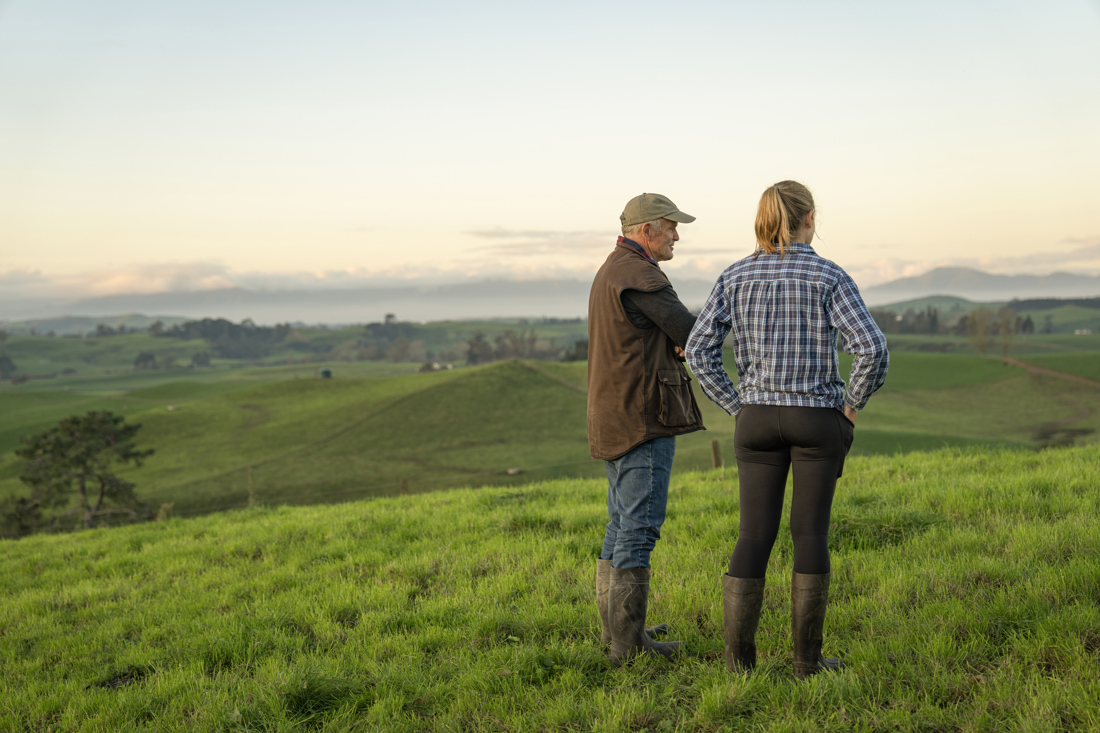
Late summer strategies in dairy farming involve continuous monitoring of feed demand and body condition score (BCS). This page discusses how managing pasture effectively, considering factors like over-grazing and dry periods, is crucial.
3 min read

Late summer strategies in dairy farming involve continuous monitoring of feed demand and body condition score (BCS). This page discusses how managing pasture effectively, considering factors like over-grazing and dry periods, is crucial.
3 min read

Swedes serve as winter feed for livestock. They thrive best in cooler, moist conditions and dislike waterlogged areas and dry spells. For best growth, avoid soils that are either too light and drain quickly or too dense and retain too much water.
4 min read

Swedes serve as winter feed for livestock. They thrive best in cooler, moist conditions and dislike waterlogged areas and dry spells. For best growth, avoid soils that are either too light and drain quickly or too dense and retain too much water.
4 min read

Autumn pasture management in dairy farming involves focusing on average pasture cover and cow condition to prepare for spring.
5 min read

Autumn pasture management in dairy farming involves focusing on average pasture cover and cow condition to prepare for spring.
5 min read
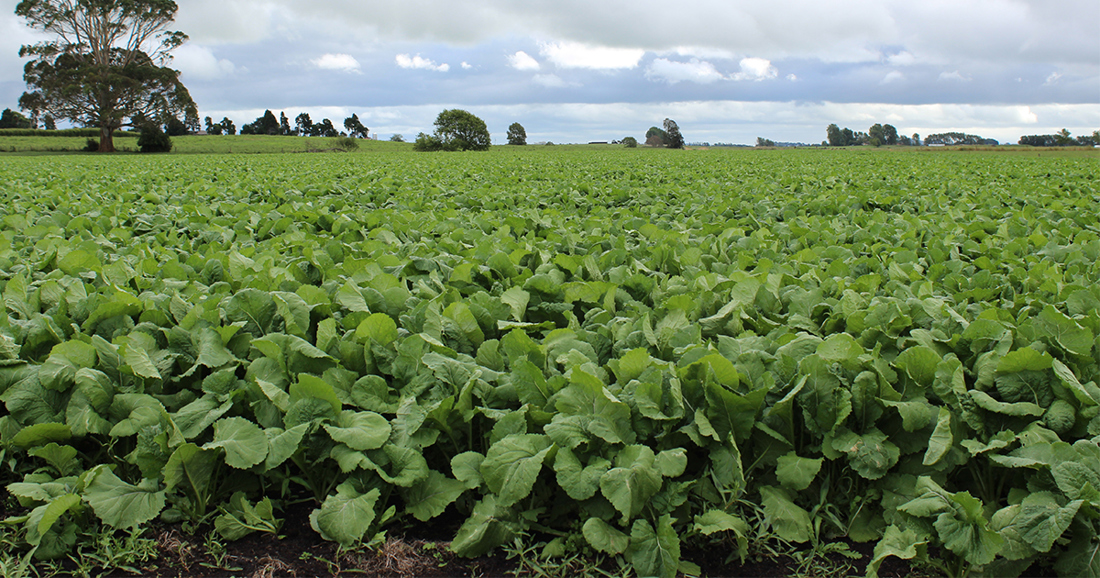
Turnips are a brassica root crop used in dairy farming to bridge summer feed gaps and boost milk production. They can be planted from spring to winter, depending on the variety.
8 min read

Turnips are a brassica root crop used in dairy farming to bridge summer feed gaps and boost milk production. They can be planted from spring to winter, depending on the variety.
8 min read
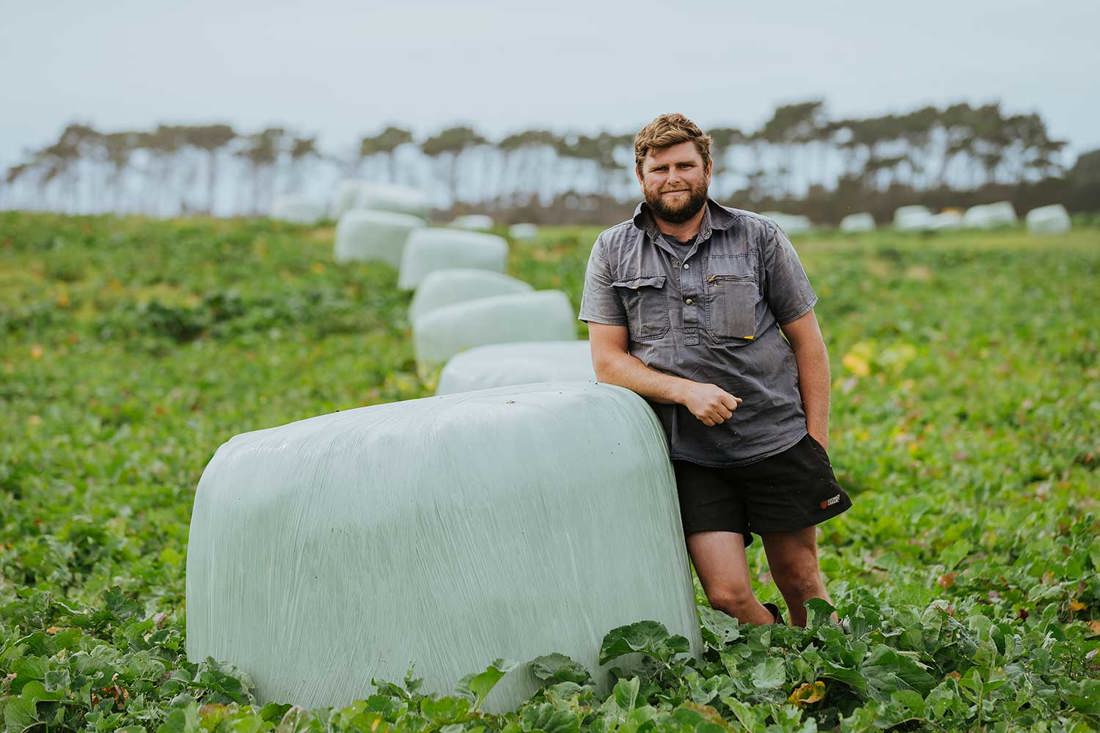
Managing high-quality pasture during feed surplus periods is a crucial skill in pasture management. This page explains that pasture surplus often develops in spring, which if unmanaged, can lead to low-quality pasture affecting milk production.
6 min read

Managing high-quality pasture during feed surplus periods is a crucial skill in pasture management. This page explains that pasture surplus often develops in spring, which if unmanaged, can lead to low-quality pasture affecting milk production.
6 min read

The purpose of a catch crop is to increase annual dry matter production, to take up soil mineral and urine nitrogen and to reduce the risk of leaching or runoff.
5 min read

The purpose of a catch crop is to increase annual dry matter production, to take up soil mineral and urine nitrogen and to reduce the risk of leaching or runoff.
5 min read
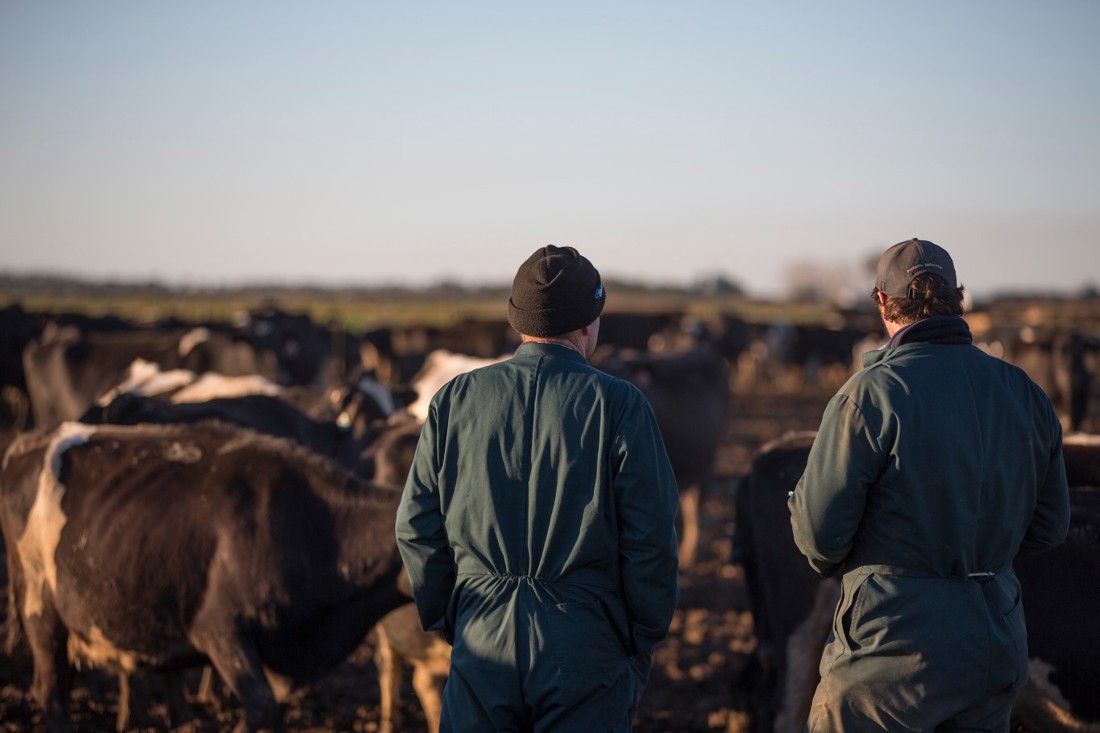
Paddocks damaged by pugging and wet weather can be managed with simple strategies but more extensive damage may require pasture renewal.
2 min read

Paddocks damaged by pugging and wet weather can be managed with simple strategies but more extensive damage may require pasture renewal.
2 min read
Now’s the perfect time to check in, plan, and set up for a strong season. We’ve pulled together smart tips and tools to help you stay ahead all winter long.
Whether you prefer to read, listen, or download handy guides, we’ve got you covered with trusted tools to support your journey every step of the way.
Put our proven strategies and seasonal tools to work. Boost production, support animal health and watch your profits hum.
Tools that are backed by science, shaped by farmers and made for this season.
That’s Summer Smarts.